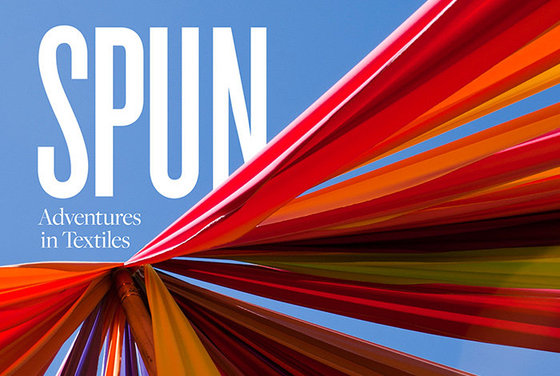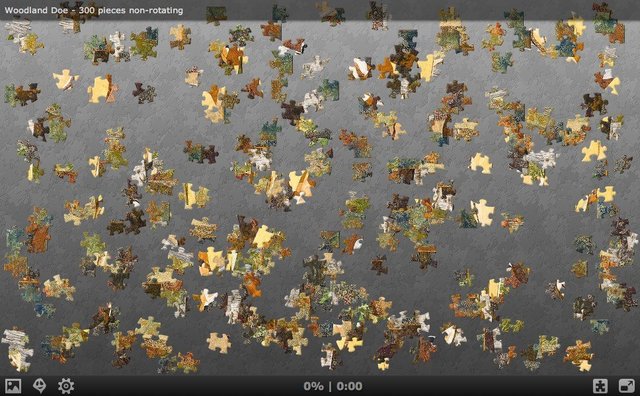
On March 22, 2013, World Water Day, Quilt around the World GmbH will start a new global patchwork project: the 2nd International Block Swap. This time, the motto is "water." They would like to TQS members to join in.
The United Nations declared 2013 as the "Year of International Water Cooperation." Quilt around the World GmbH uses this appeal as an opportunity to dedicate their 2nd International Block Swap to the theme "water - our elixir of life and most valuable resource on our planet."
The deadline for the finished blocks is December 31, 2013. Quilt enthusiasts from around the world, who are interested in working together in a multinational and cross-cultural patchwork project about "water", are invited to take part.
As a small contribution for the preservation of the drinking water reservoirs of the earth, all monies left over from the participation fees will be donated to the environmental initiative Living Lakes, an international network under the patronage of the Global Nature Fund. Living Lakes currently consists of 102 members on five continents, who work towards the sustainable conservation and protection of all lakes, wetlands and freshwater bodies of the world as healthy ecosystems.








.jpg)


